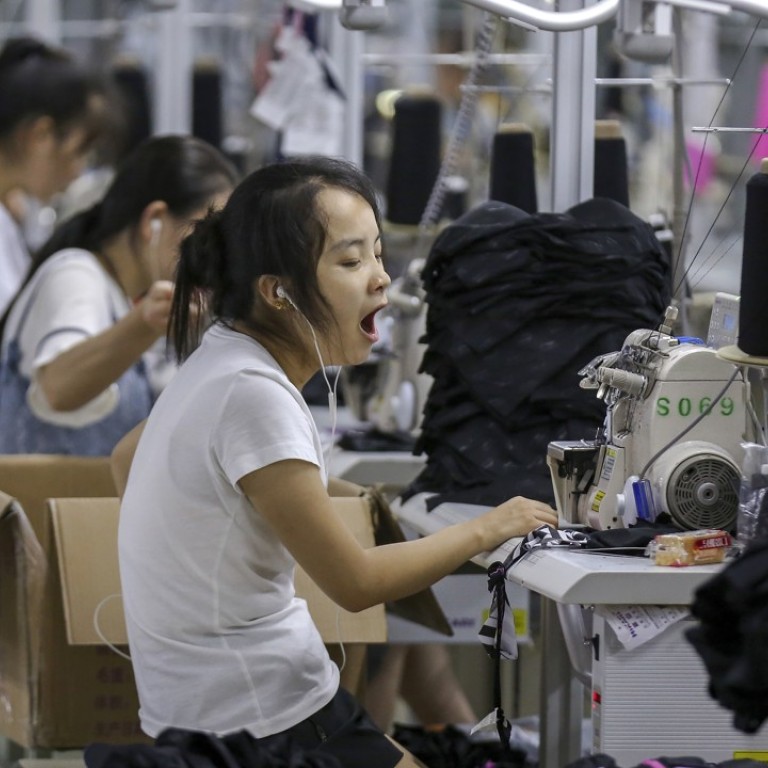
China’s steady hand on falling yuan bolsters investor confidence
Hannah Anderson says the Chinese authorities’ timely intervention to stabilise the renminbi, in the face of a slowing economy amid trade war tensions, has reset investor expectations
A quick glance at the Chinese equity market would indicate this is the case. The benchmark CSI 300 index is down 24 per cent from its highest point in January.
Other indicators similarly suggest some grounds for worry. High-frequency activity indicators, like purchasing managers’ indices, showed slowing output over the first half of the year, while China posted a current account deficit during the first six months of the year – meaning it imported more than it exported.
Watch: Trade war fears for Chinese pork
Yet, over the past week, the renminbi has risen almost 1 per cent. Such a rally runs counter-intuitively to the way investors normally treat emerging market currencies, where the exchange rate acts as a release valve for the stress of a weakening domestic situation.
Nothing has changed dramatically in the macroeconomic picture for China and fears about the trade dispute with the US still hang over investors’ heads.
Slower depreciation alone may seem a poor reason for investors to start betting on outright appreciation. But the way Chinese policymakers adjusted the US dollar-renminbi exchange rate, plus earlier administrative regulations to make selling the yuan more expensive, has reset investor expectations.

While officials said they reintroduced this factor at the start of August, confirmation that the government was actively intervening to stabilise the currency – the stated goal behind reintroducing the counter-cyclical factor – was enough to spur an upswing.
This interplay between expectations and the speed of change is crucial for investor sentiment towards China. Nothing has fundamentally changed, but investor sentiment seems to have shifted in a more positive direction.
Keeping the scale of domestic stresses in China in mind is important, too: the slowdown this year – a result of policies aimed at ensuring financial stability and a natural rollover in momentum after a strong 2017 – is mild.
Onshore equities have experienced intra-year drawdown of over 20 per cent on average over the past 15 years, and narrower spreads between the yield on Chinese bonds and ones denominated in other currencies make other currencies less attractive to renminbi investors.
When compared to many other emerging economies, these factors mean the yuan has fewer reasons to continue to fall rapidly. That is not to say it will not end 2018 at a lower point than it is now, but the pace of change should be slower than it has been so far this year.
Stability is paramount for domestic policymakers and the currency will only be allowed to act as a release valve for small amounts of stress. Luckily for them, domestic stresses in China are mild, especially compared to the situation in the other emerging economies mentioned earlier.
Hannah Anderson is a global market strategist at JP Morgan Asset Management

